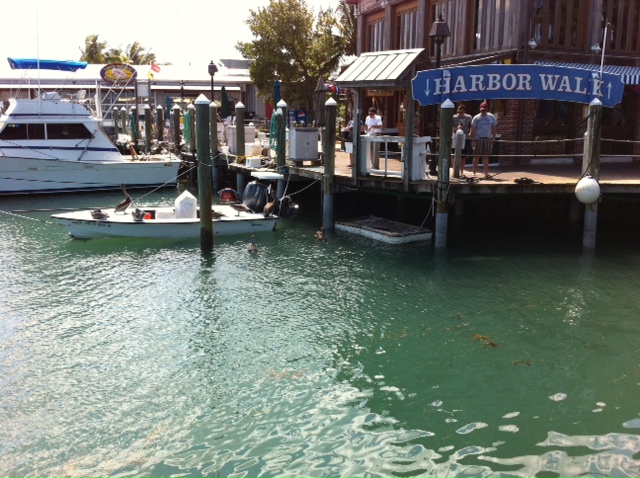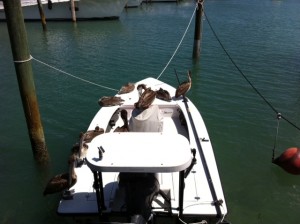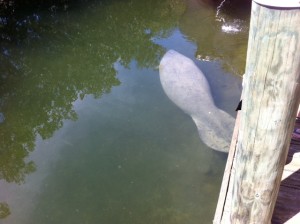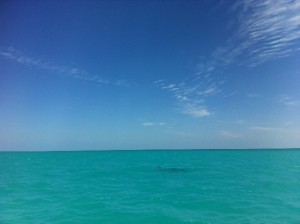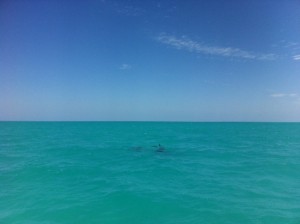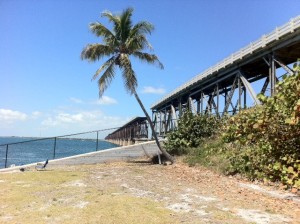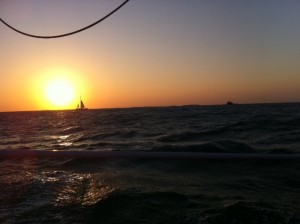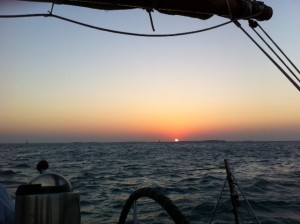In the spring of 1846, George Donner led his family and eighty pioneers on a trail of opportunity from Illinois to California. They made it as far as the Sierra Nevada mountains but were trapped by a snow storm. The mission turned desperate, and a horrifying legend was born.
Gabrielle Burton’s IMPATIENT WITH DESIRE is an intimate re-telling of the journey of the ill-fated Donner Party. The story is told primarily through the letters and journal entries of Tamsen Donner, a schoolteacher and wife to George Donner, during the time they awaited rescue.
Burton is clear in labeling her work as a fictional account. But it is based on nearly forty years of her research, a vigorous sideline of the author, which included a family vacation with her husband and five daughters to retrace the steps of the Donner trail.
I grew up with Burton’s youngest daughters Gabrielle and Charity in Amherst, New York, just outside of Buffalo, where the family was a bit of a quirky legend in itself. While most of us returned from school breaks with tales of mild hijinks, the Burtons typically came back recounting adventures, like hitch-hiking across Alaska, on some journey of rare discovery. Gabrielle, the mother, was a local literary celebrity, who knew cultural icons—well-beyond our suburban social set—like Gloria Steinem.
Burton, who has garnered praise for her portraits of women (her debut novel Heartbreak Hotel) and contributed extensively to feminist discourse over the past four decades, casts Tamsen Donner as a compelling heroine. Tamsen is self-assured, well-educated, and an independent thinker. She prefers collecting botanical specimens for her students to baking pies, she asks her pastor to remove the words “to obey” in her marriage vows, and she has clever observations on gender inequality in the 19th century, which still resonate today. One of my favorites:
George (Donner) is the most equitable man I have ever met—though sometimes it seems to me that a man who simply acts like a decent human being gets undue praise.
The narrative never strays from Tamsen’s point of view, but she is a circumspect and reliable storyteller. While stranded with her family at a makeshift camp, she records the daily life and the history. Given the subject, I found myself squinting ahead to the inevitable conclusion of months of communal starvation. But there are arresting stories of the hopes and tragedies of the pioneer women and men, before they reached an impasse in the mountains. They are delivered in simple, haunting detail, such as the story of the Flemish immigrant Hardcoop, who was left behind by a trailing faction of the party when their progress through steep terrain required dismounting the wagons and pulling them along on foot. Reflecting on the night when her husband tells her the news, Tamsen writes:
No matter how tightly I closed my eyes, all I could see was the same debased image: an old man crawling toward disappearing wagons.
While Tamsen Donner takes on the role of historian to the party, for example, recording each death in her journal—whether stranger, loved one, or villain—with impartiality, the greater sum of her writings is the elucidation of one woman’s life.
Tamsen was the daughter of a Sea Captain, who encouraged her dream of traveling, at a time when women were expected to stay close to the home. She was heartbroken by the death of her first husband and one of her sons, but she ventured beyond a life of widowhood to find happiness in a second marriage. She was fiercely devoted to the promotion of her daughters, accepting the brand of unspeakable inhumanity so that they might survive. Living under the authority of men, she emerges as much (or more so) as the leader who rallied her counterparts to take the chance to better their lives, and she stewarded morale and comforted them when grief and fear left them broken. Through her painful search for understanding of how a well-intentioned mission could have ended so terribly, she arrives at the conclusion:
I leave it on record that this adventure has gone more horribly wrong than anyone could ever have imagined, and I bear equal blame, as I would have deserved equal credit had it gone right.


